Looking for sustainable fashion options? Tencel is a game-changer. Learn more about this eco-friendly fabric and how it's changing the fashion industry in this article.Sustainable fabrics have made great progress over the past few years. As the average consumer gains more awareness, the demand for ethically produced and responsible fashion has increased. One such fabric swiftly gaining popularity the world over is Tencel.
In India, the accessibility of Tencel has increased in recent times, but many are still largely unaware of what features make this fabric so sustainable. Today, we’re decoding this much-talked-of fabric for you, to help you make better choices backed by knowledge and research.
1. Tencel: The Sustainable Sister of Rayon
Tencel is similar to rayon (i.e. viscose) as they are both considered “regenerated cellulose” fibres. That means they are made using chemically dissolved wood pulp. But, the primary difference between rayon and Tencel is that rayon demands the use of high amounts of energy and chemicals during production. It creates large amounts of toxic waste and is not planet-friendly. Rayon can also be harsh on sensitive skin and lead to rashes.
Tencel, on the other hand, is made from ethically sourced eucalyptus trees and is manufactured in an eco-conscious way. One of the most common misconceptions about Tencel arises from its name. Actually, TENCEL® is just the brand name of lyocell & modal fabric that is produced in a highly sustainable manner. This brand is owned by an Austrian company Lenzing AG, which has also been working to further increase their responsible production value. In 2020, they launched their first collection of carbon-zero or carbon-neutral Tencel too!
2. 99% of the water & chemicals used in Tencel processing are recycled & reused:
Tencel lyocell is produced from sustainably sourced wood pulp that is treated and manufactured in a closed-loop process. This means, that the entire cycle of producing Tencel - from raw material to final product is done in an environmentally responsible way, with minimum waste generation:
- The wood used for manufacturing Tencel is procured ethically. The wood pulp is then treated with non-toxic chemicals and transformed into Earth-friendly cellulosic fibres.
- 99% of the water & chemicals used to process these fibres is recycled and not added to the wastewater stream. Overall, the entire process consumes less energy and resources. The total amount of water used to produce Tencel is also significantly lower than cotton and its counterparts.
- The chemicals used in the treatment of Tencel can also be recycled and further reused.
- Since it is derived from natural sources, pure Tencel is biodegradable and recyclable. It is said that in a waste treatment facility, Tencel only takes around a week to break down completely.
- Tencel does not require bleaching, as it is naturally pure white when produced.
- This fabric takes well to plant-based dyes, further reducing its environmental impact.
3. Tencel absorbs 50% more moisture than cotton!
Read on, to know its many cool attributes! Tencel is a highly adaptable and durable fabric. It is also an all-weather, moisture-wicking fabric with a 50% higher absorption rate than conventional cotton. One of the most distinguishing features of Tencel is its extreme softness. Despite that, it is a largely wrinkle-free fabric that doesn’t crease easily.
It is claimed that by adjusting the length and thickness of the fibres during production, Tencel’s texture can be modified to resemble both cotton and silk, as per the requirement during production. This convenient feature allows you to enjoy the luxurious feel of your preferred fabric without the associated eco-anxiety of your environmental footprint!
4. Quite the all-rounder, we’d say!
Much like other Earth-friendly fabrics (bamboo, cork, organic cotton, etc.), Tencel too can be used to make a wide range of lifestyle and fashion essentials. From daily-wear clothing to bedsheets and even intimate wear, this fabric finds use as a sustainable alternative in nearly everything.
Owing to its highly absorbent nature, Tencel curbs the growth of odour-causing bacteria and is hence becoming a popular choice for planet-friendly gym wear. Despite being a little pricer than cotton, it is a long-lasting investment for your skin, due to its anti-bacterial nature and high durability.
Overall, compared to most conventional fabrics, Tencel lyocell & modal fabrics are super sustainable. When compared to silk and cotton, their environmental impact is almost minimal despite having very similar textures. By and large, most of us associate sustainable clothing with 100% natural fabric. Tencel, despite being a chemically treated fibre, remains highly planet-positive purely because of the responsible production methods used to manufacture it.
Despite limited availability in India, Tencel’s demand and subsequent accessibility are swiftly increasing.
At Brown Living, you can shop our collection of ethically made Tencel clothing by some of the most sustainable, local fashion brands. If you’d like to start exploring the range, click here.





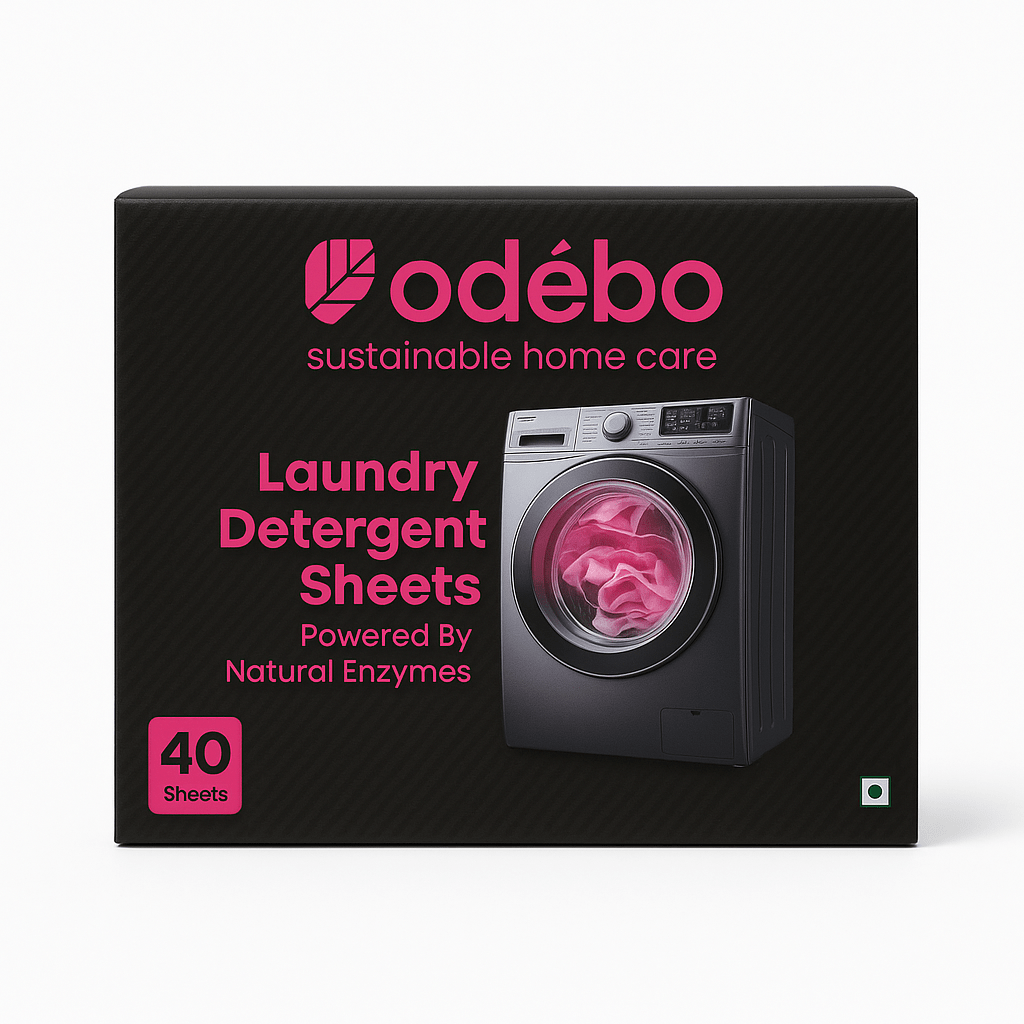
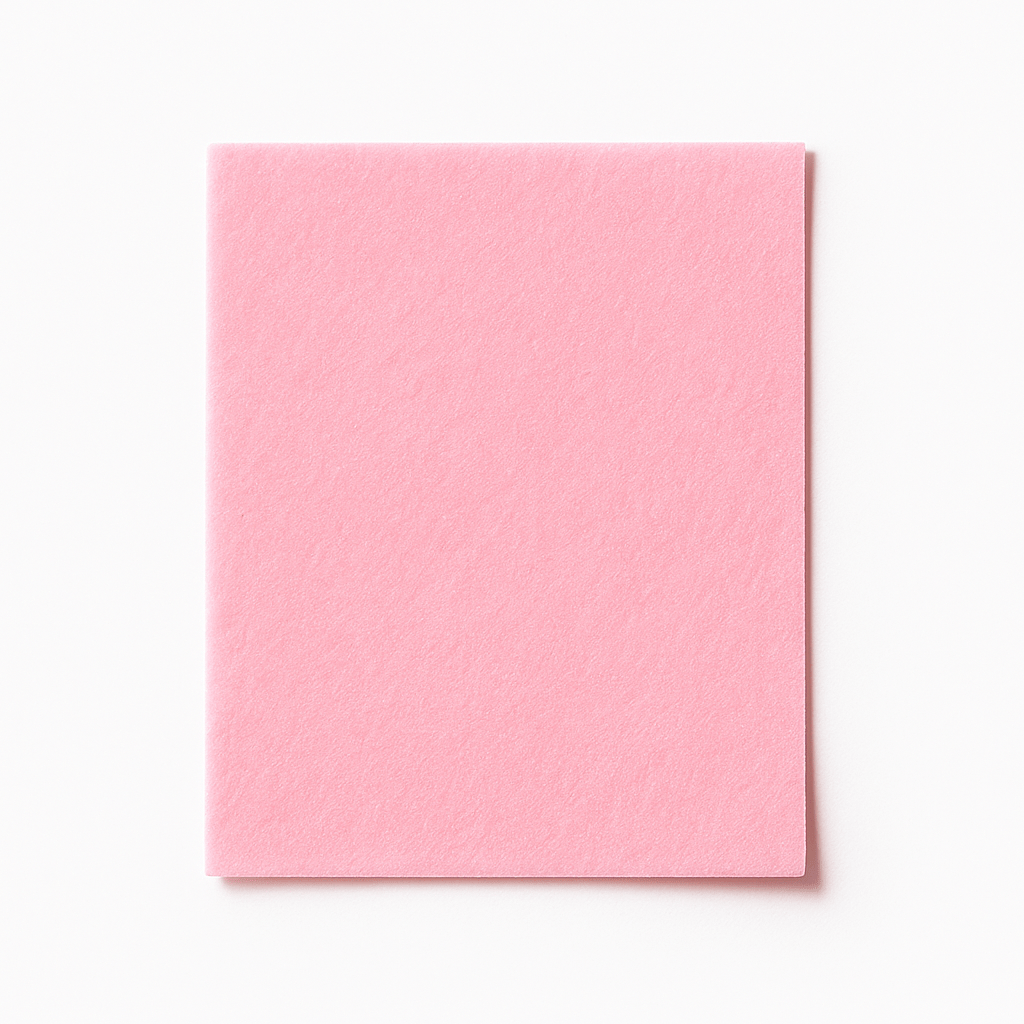
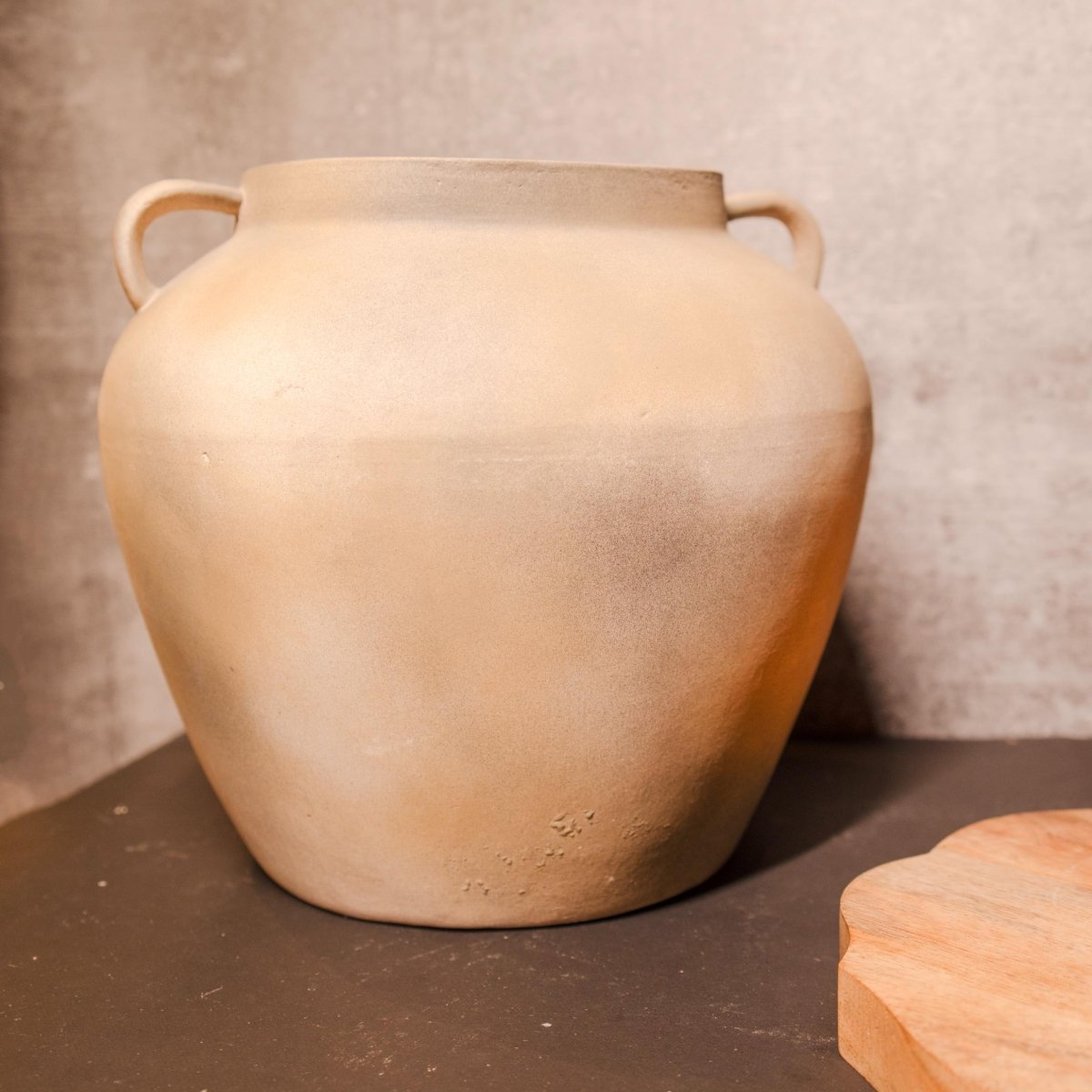
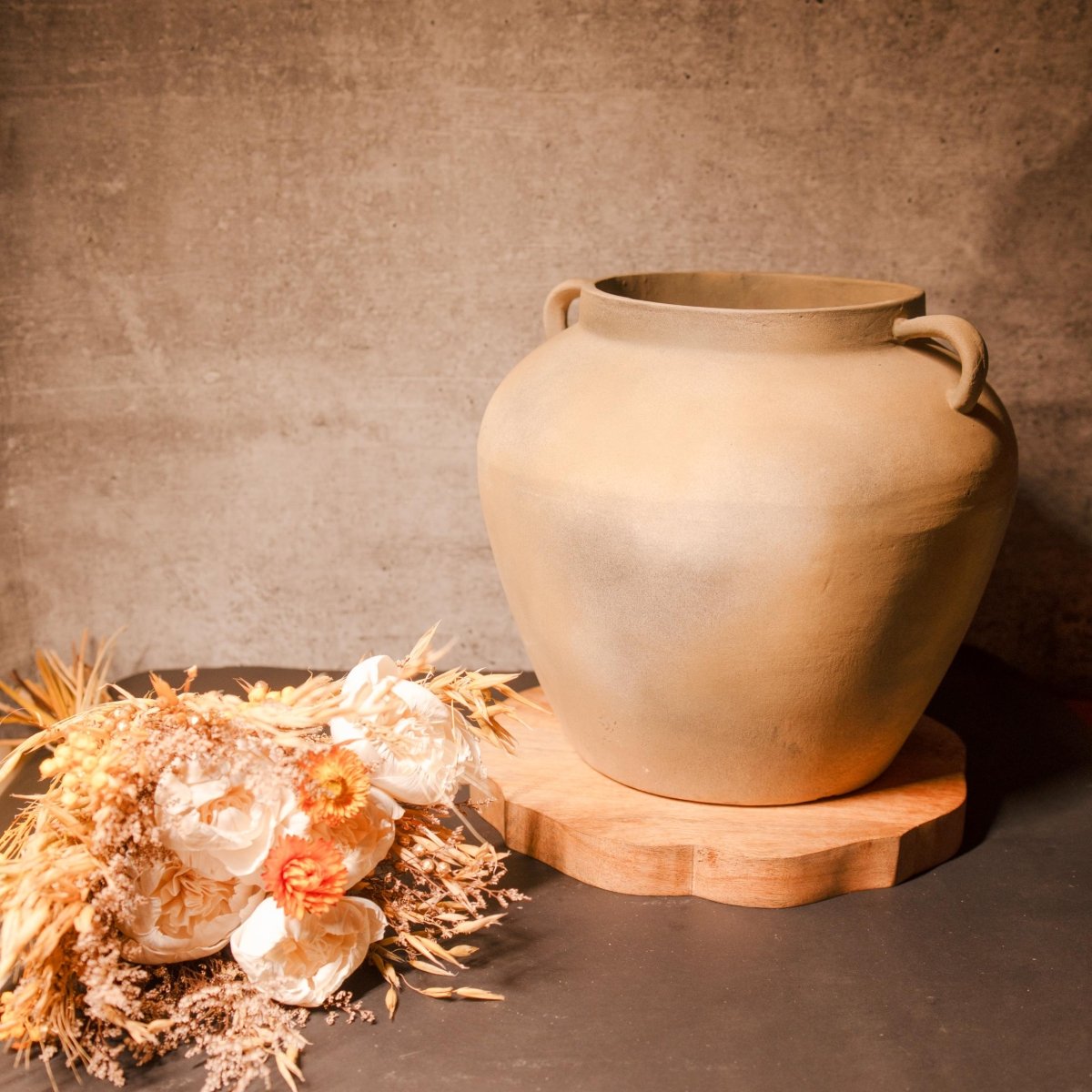
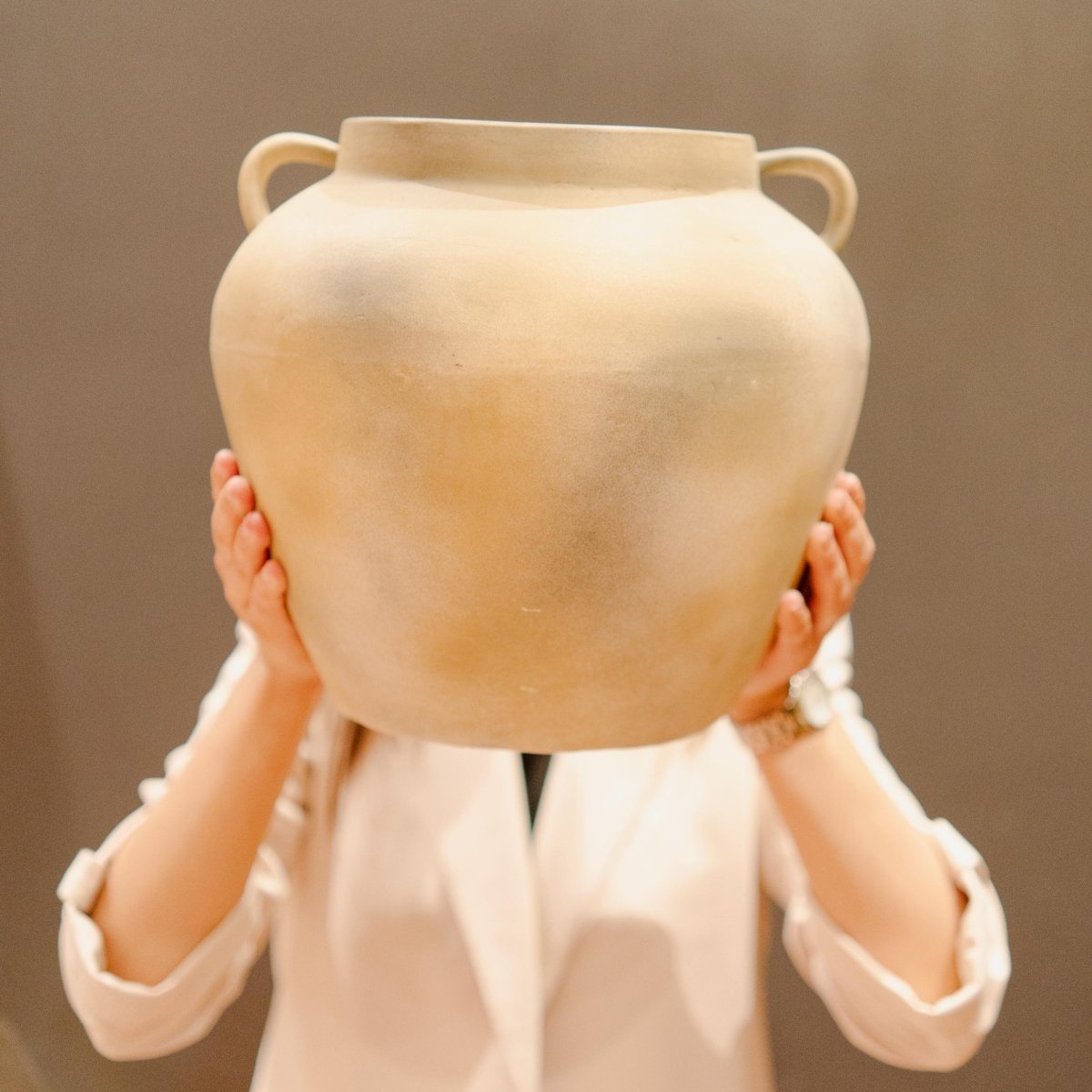












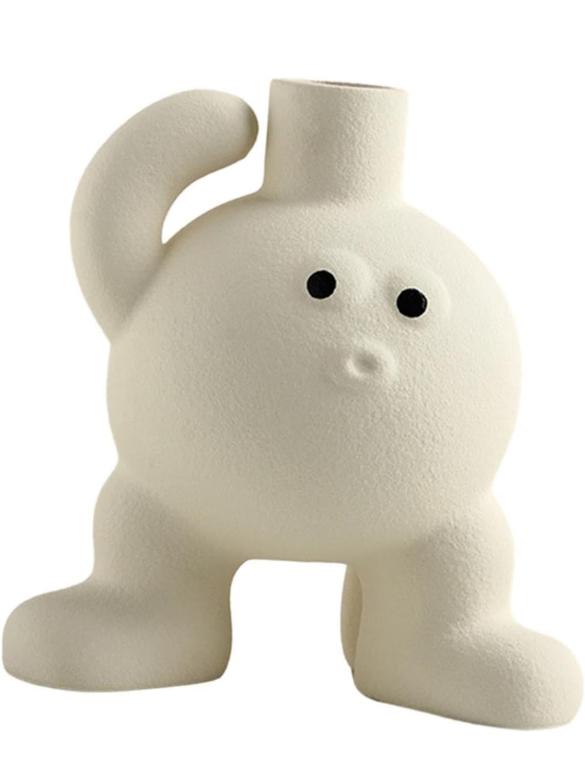
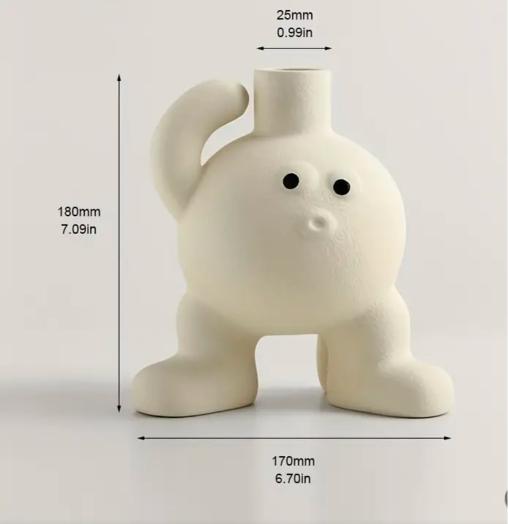
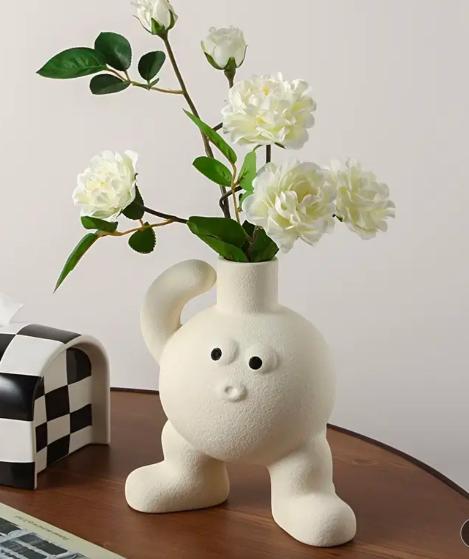
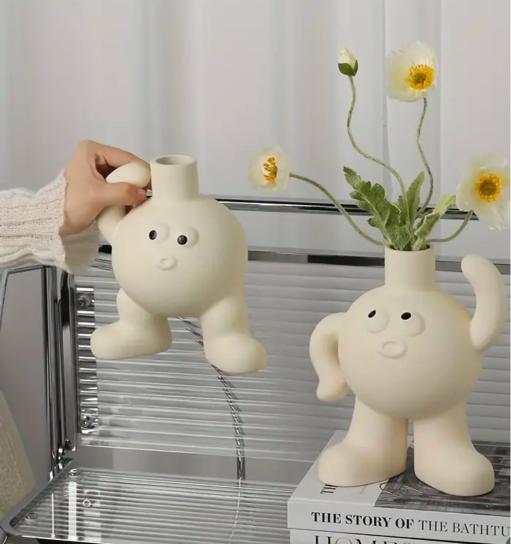
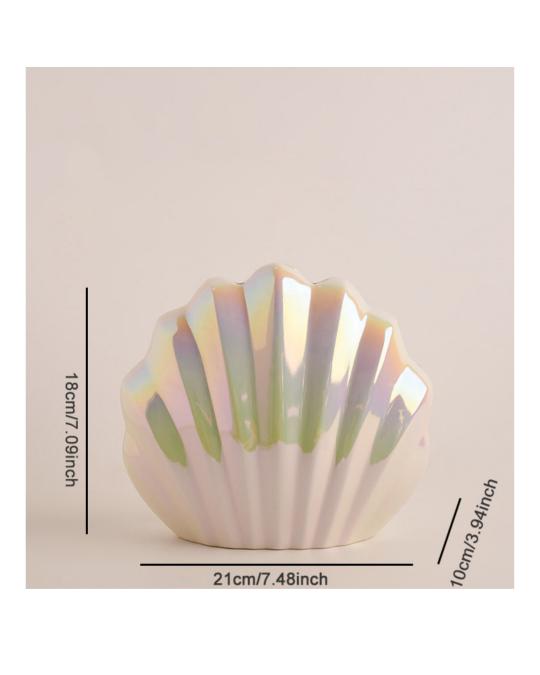
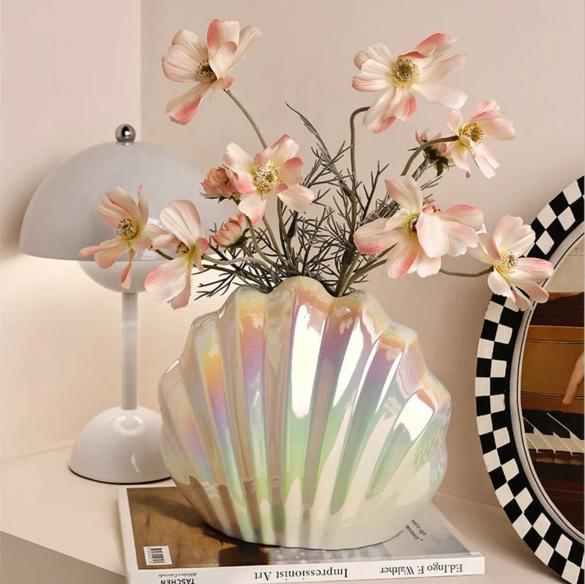

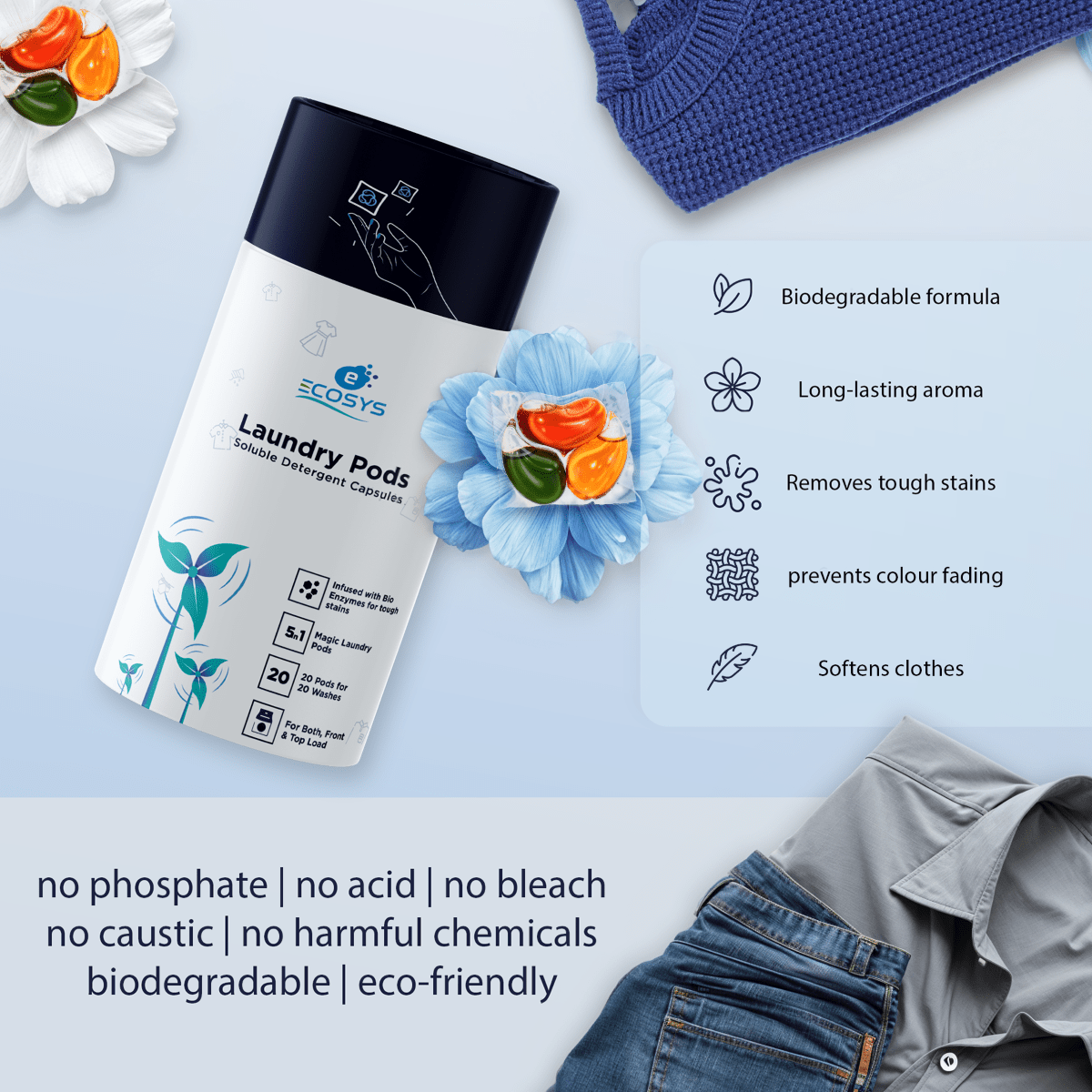
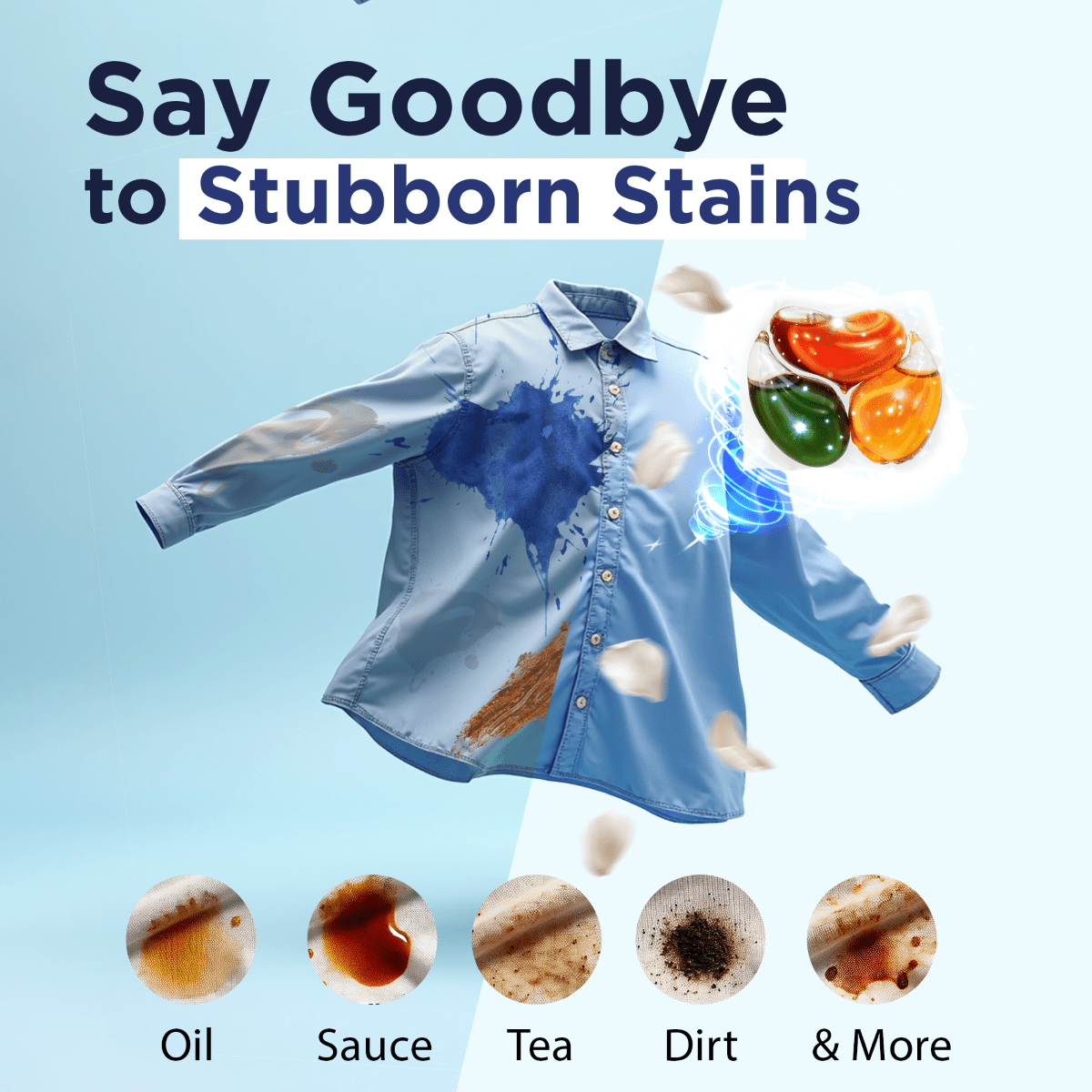
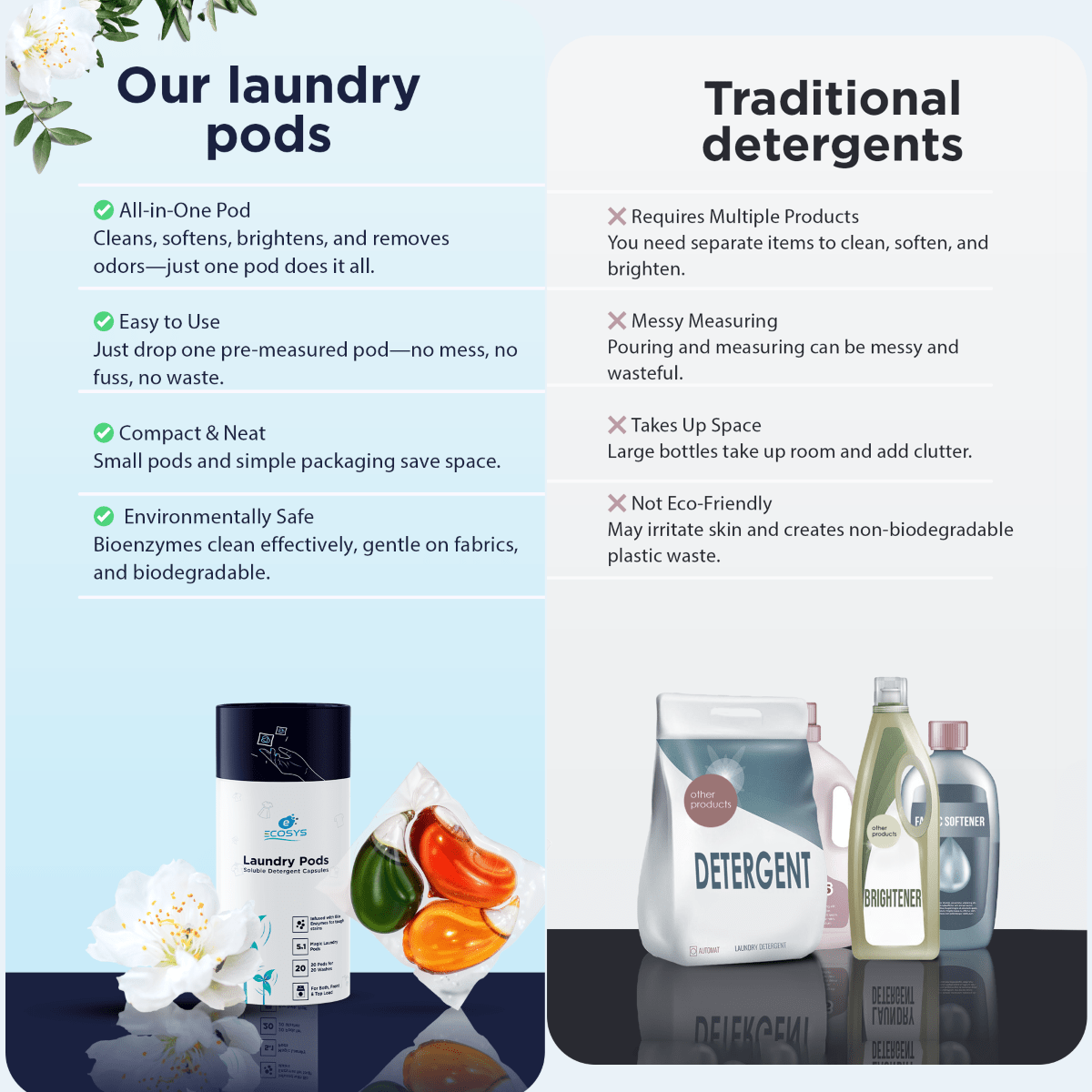
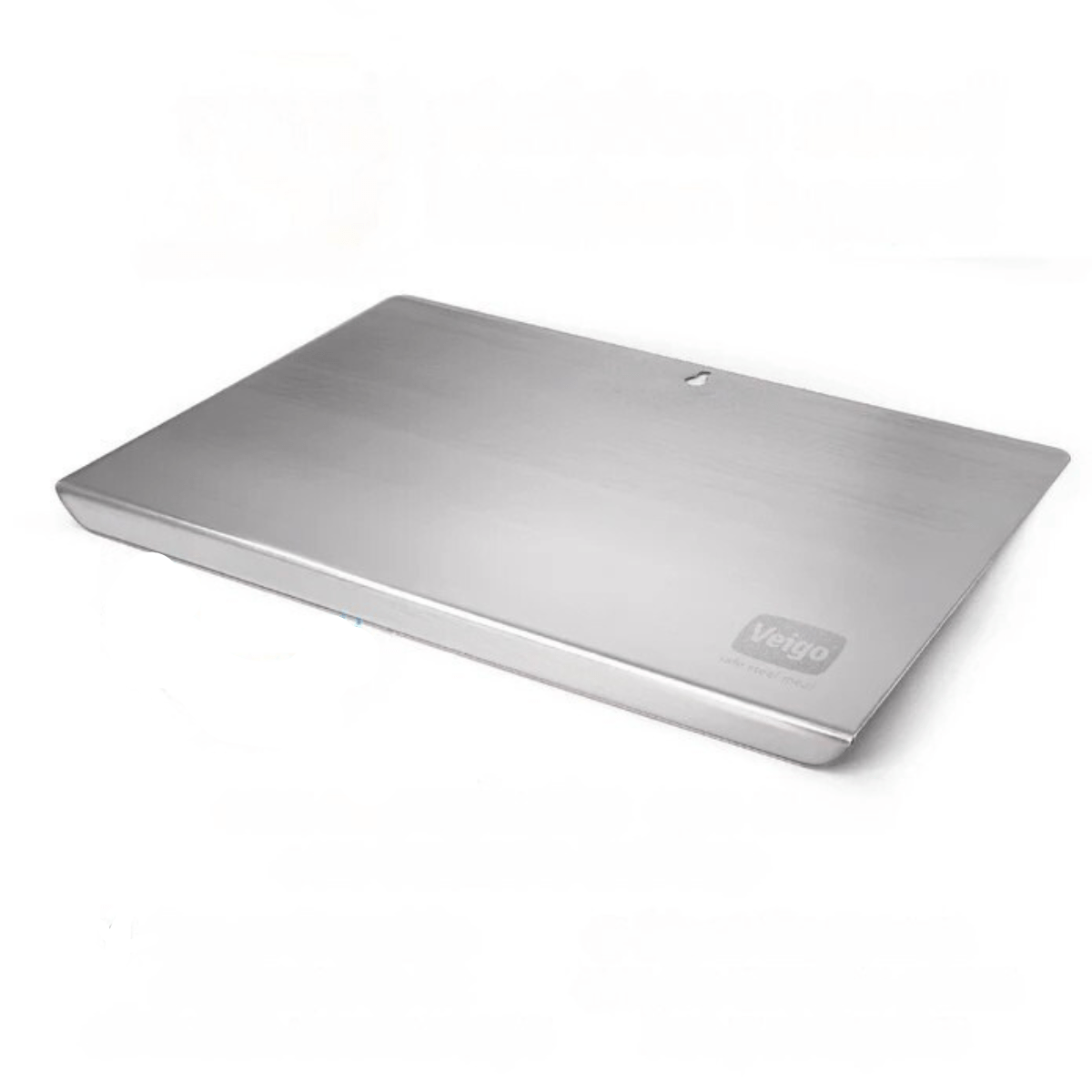




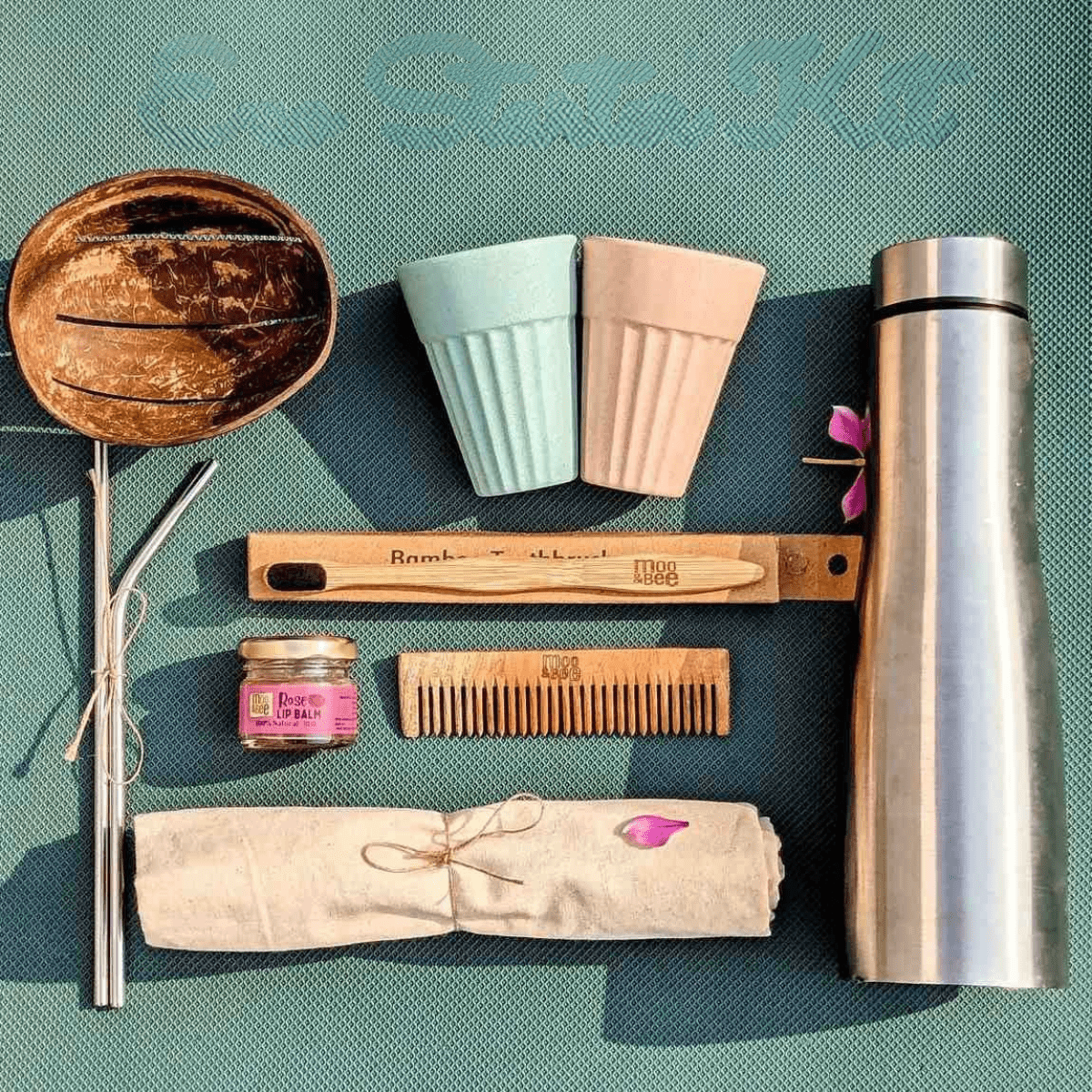
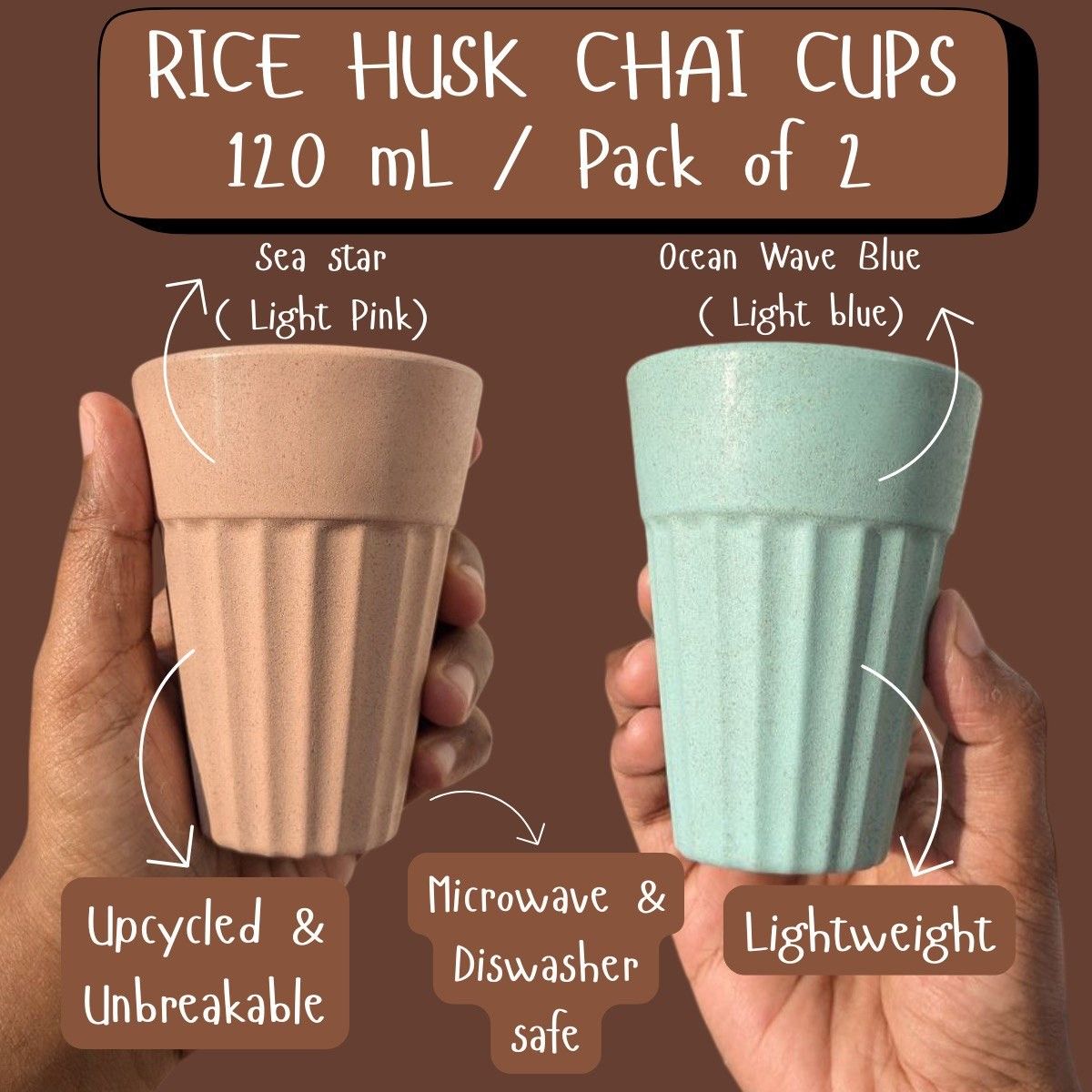
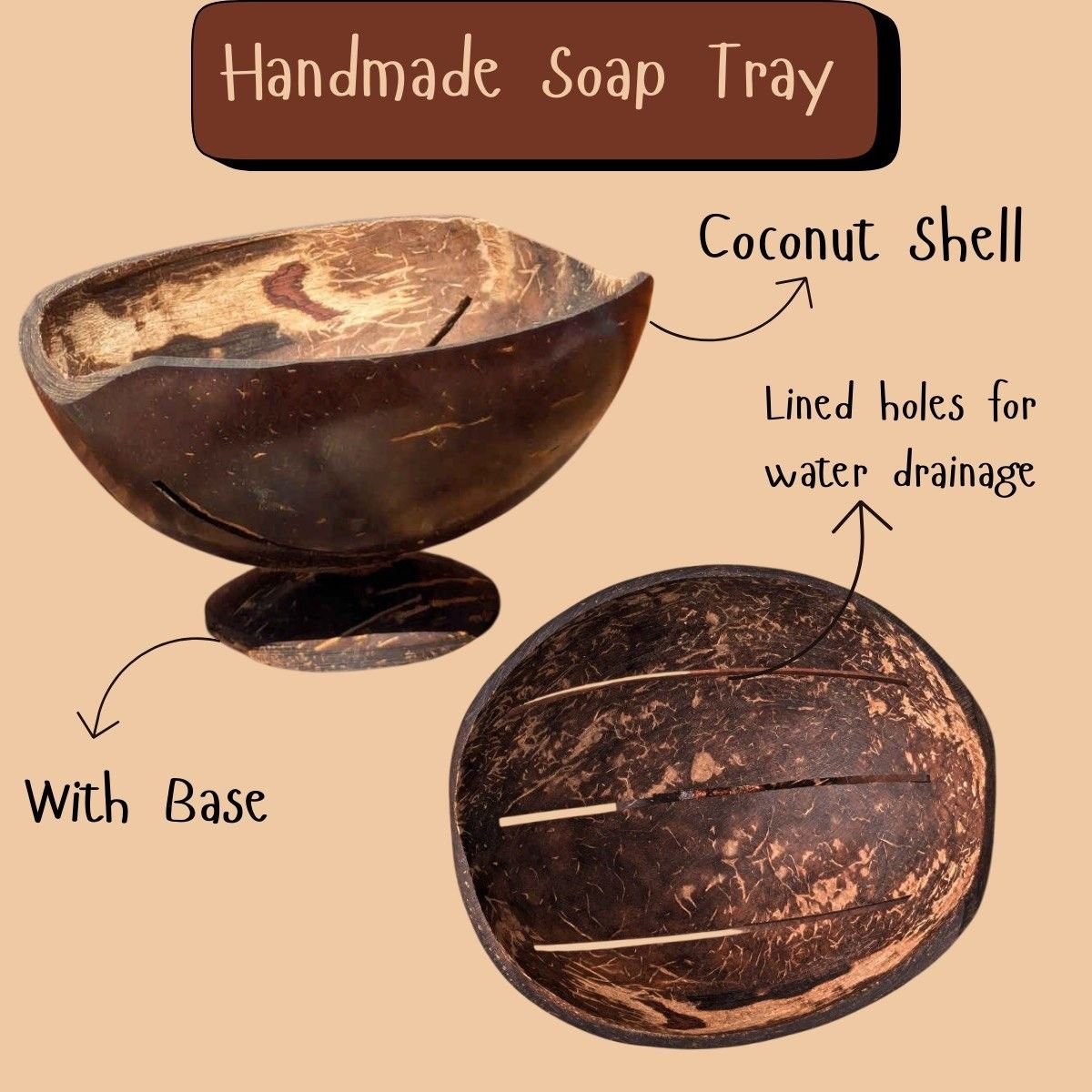
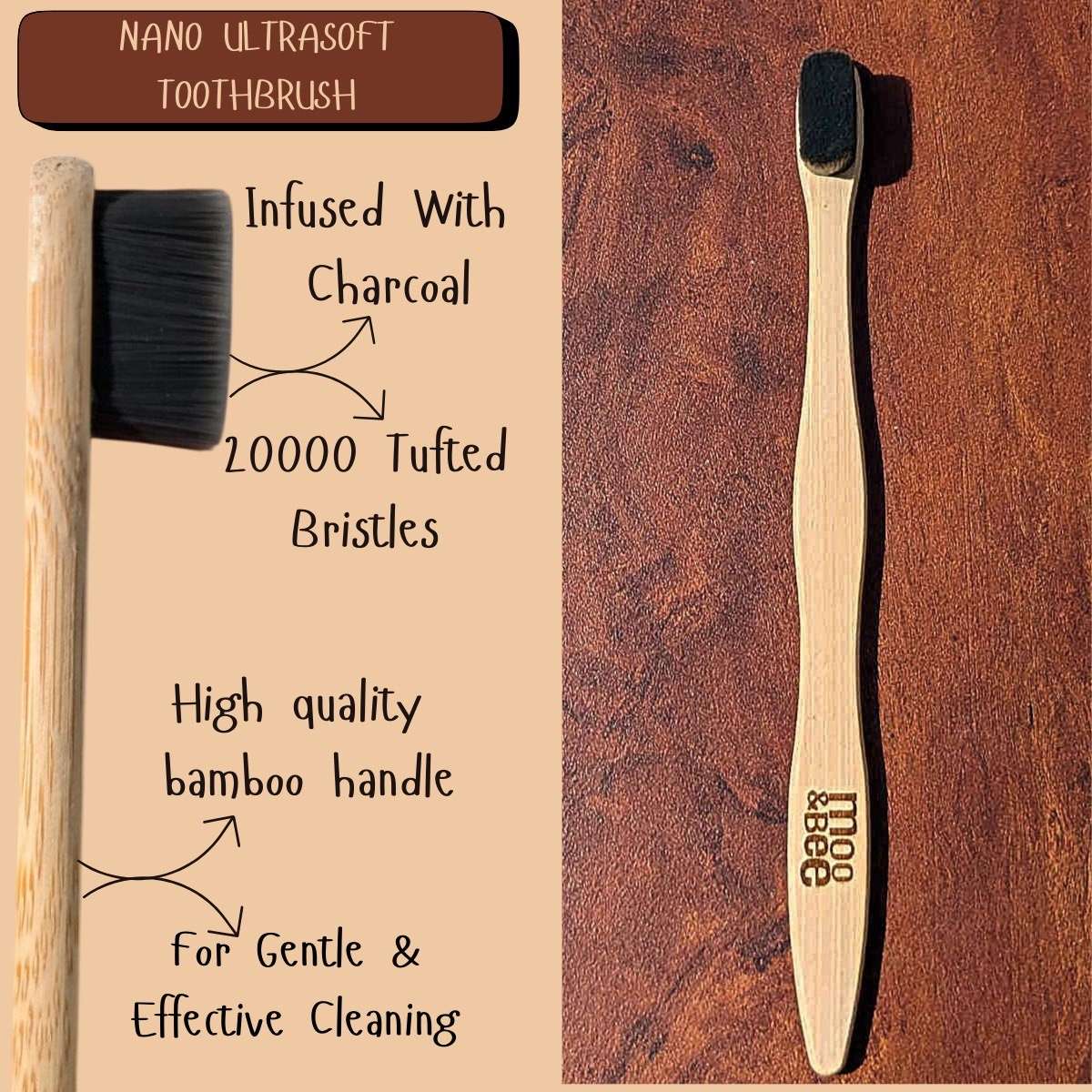
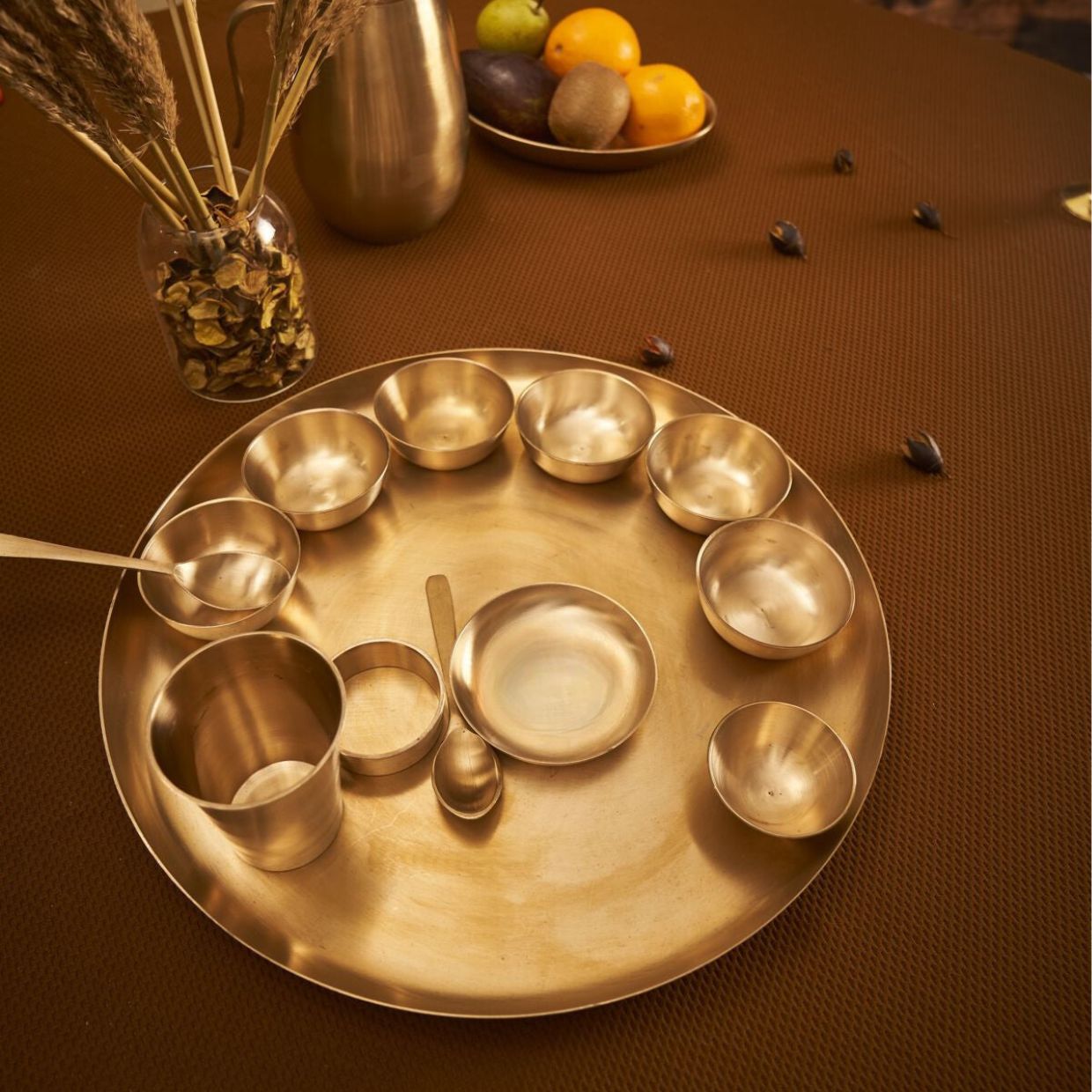
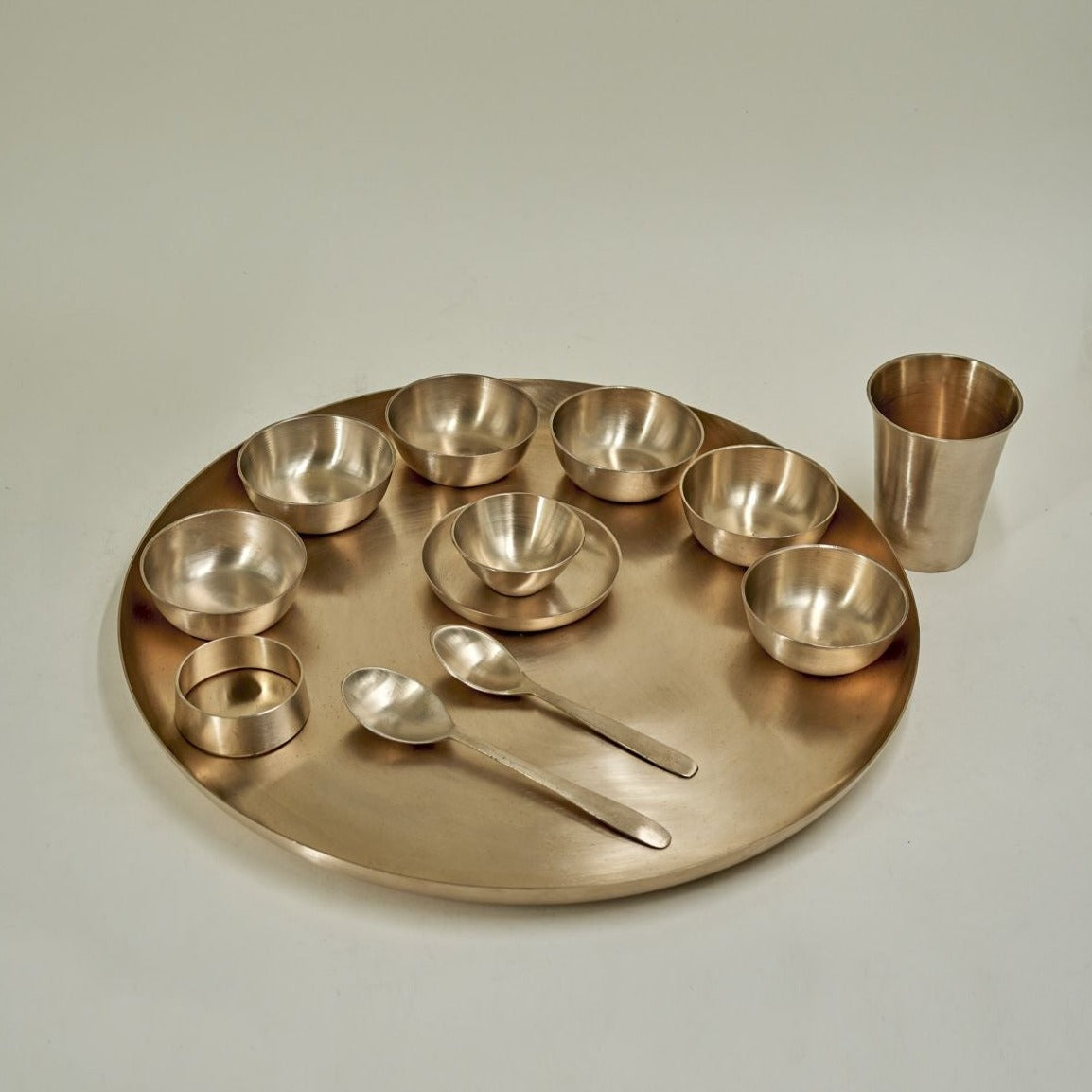
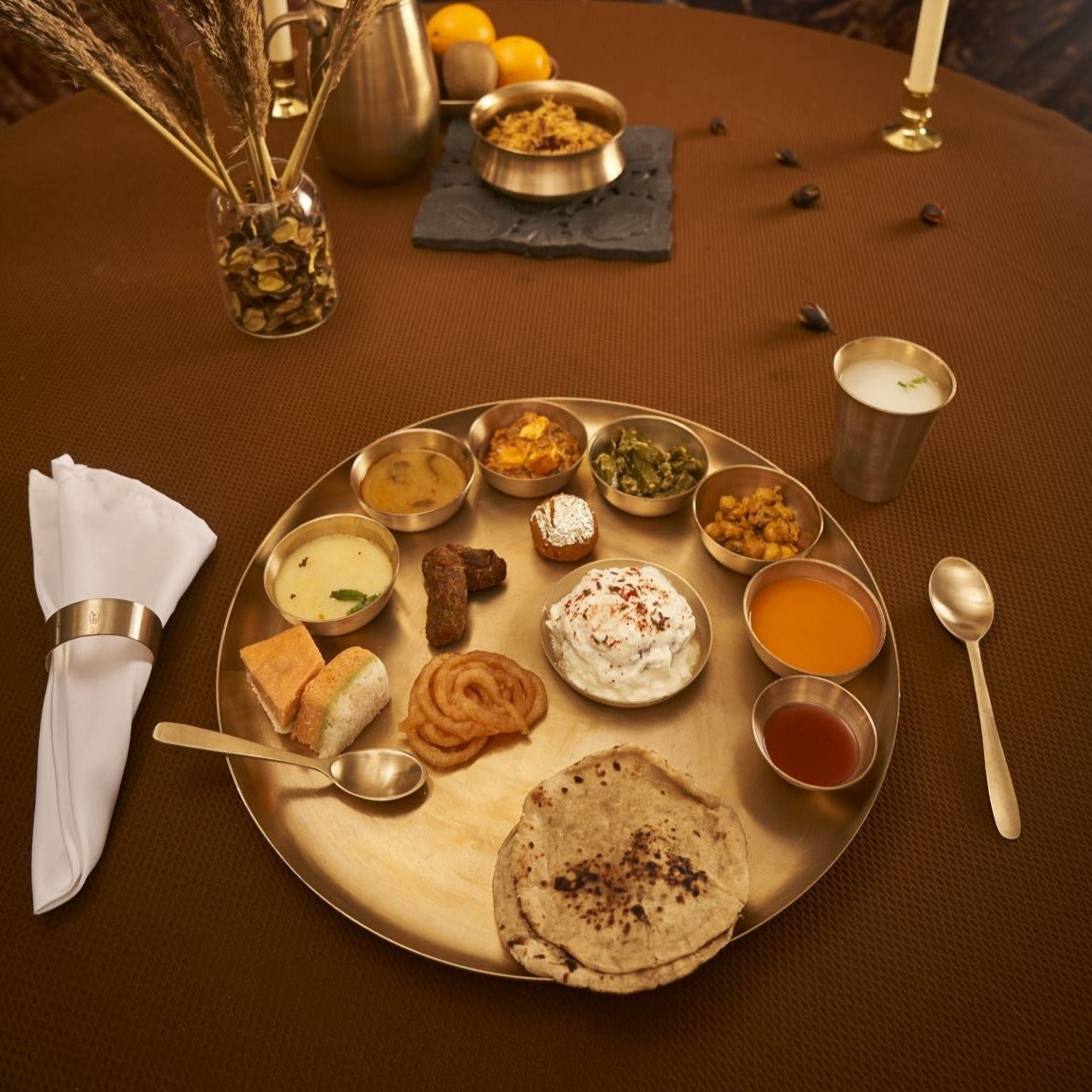
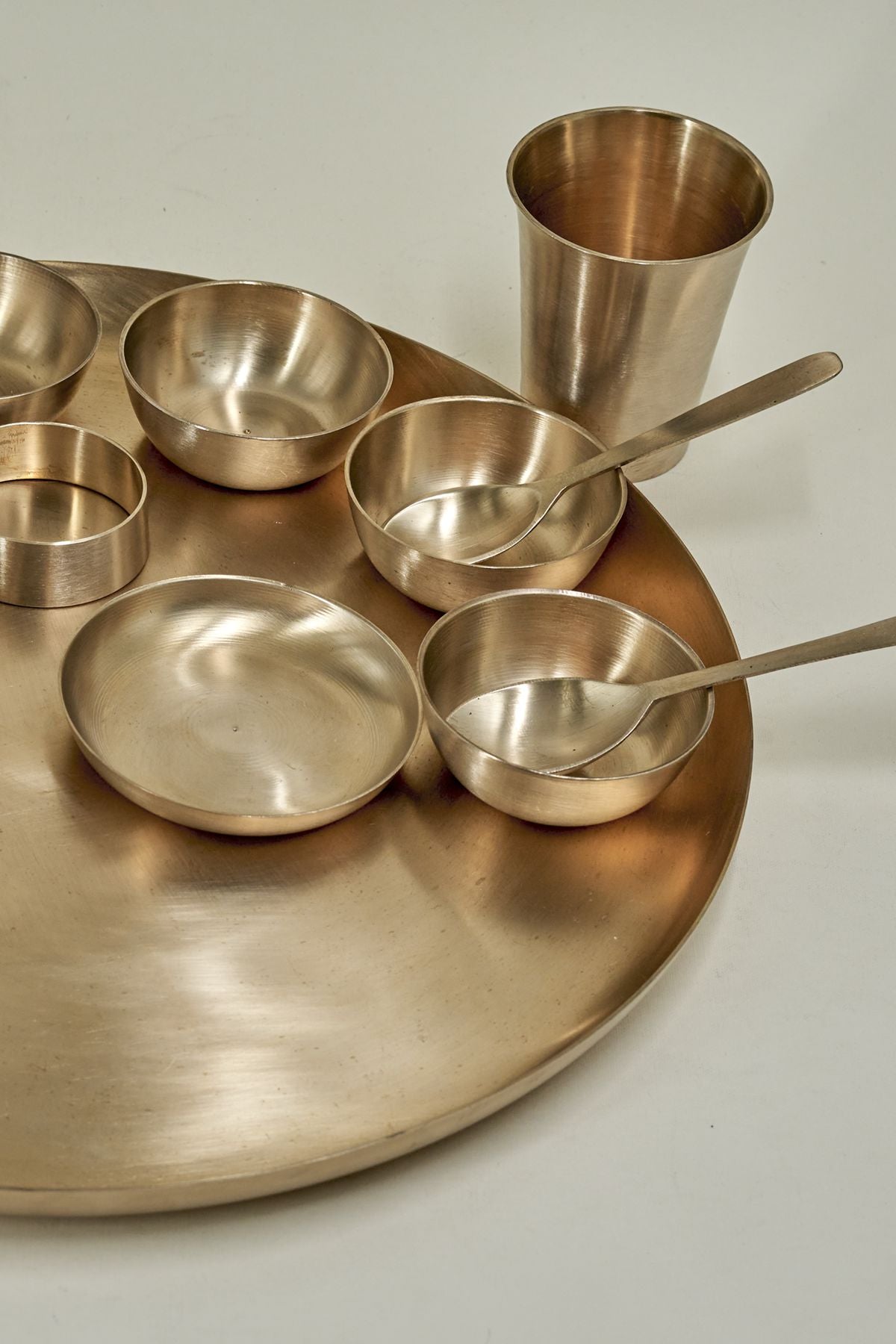

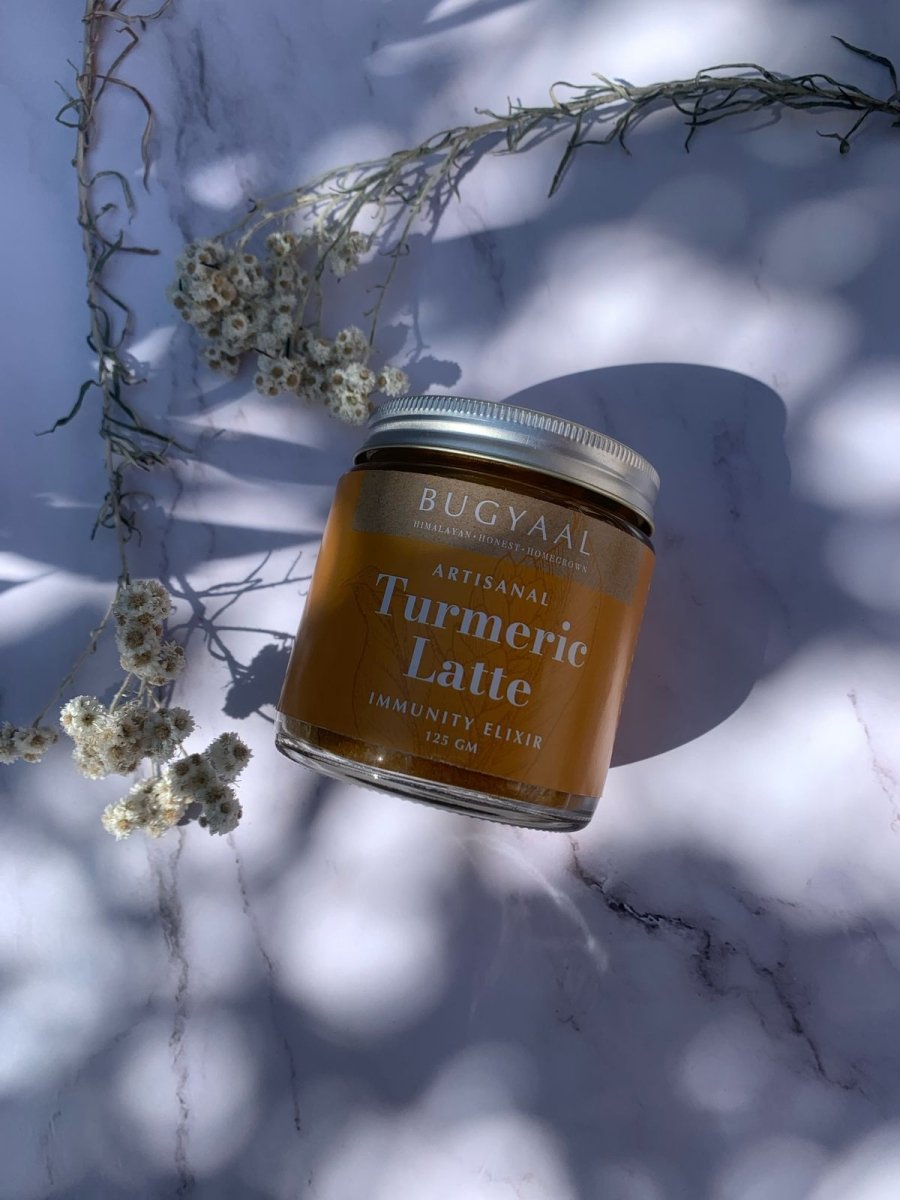
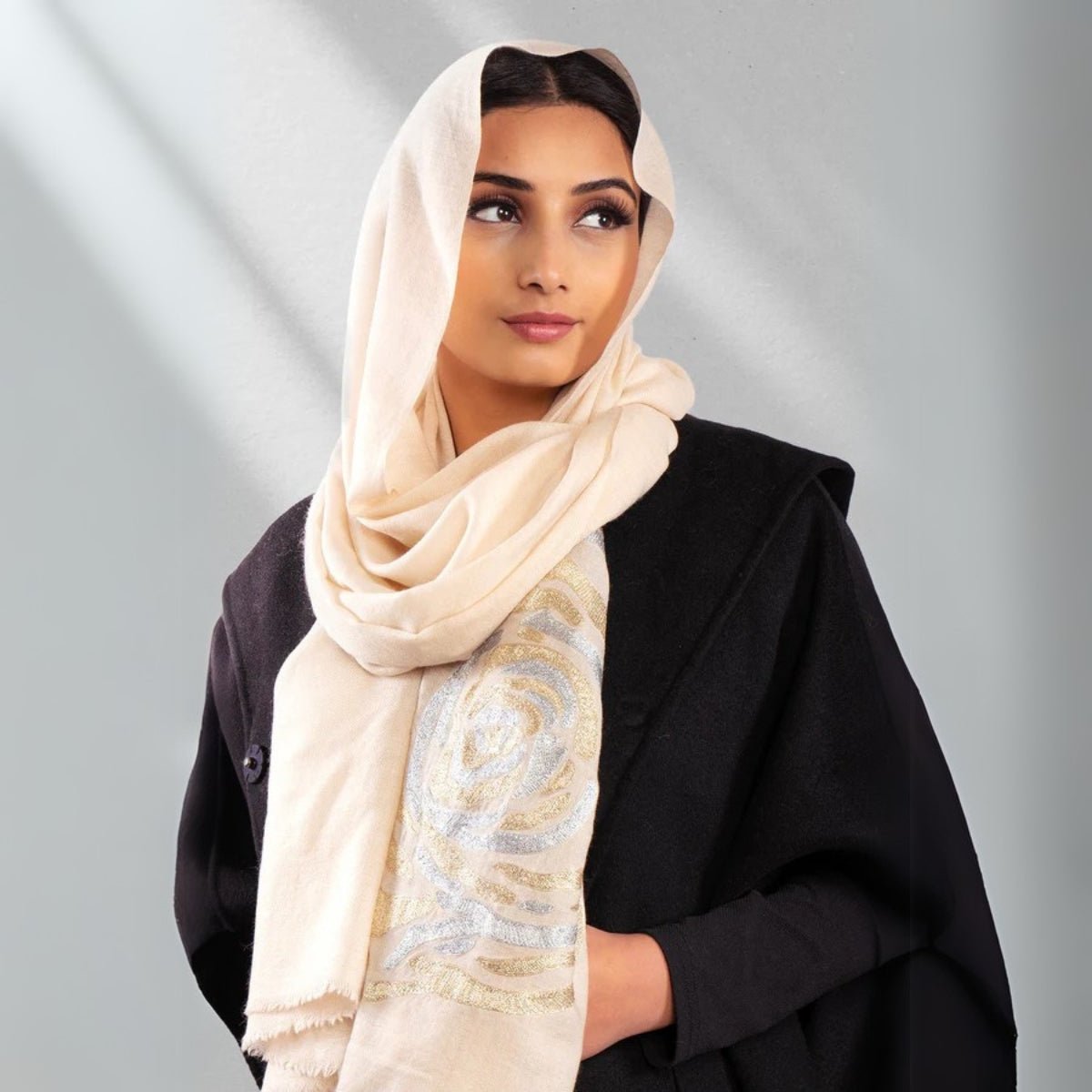
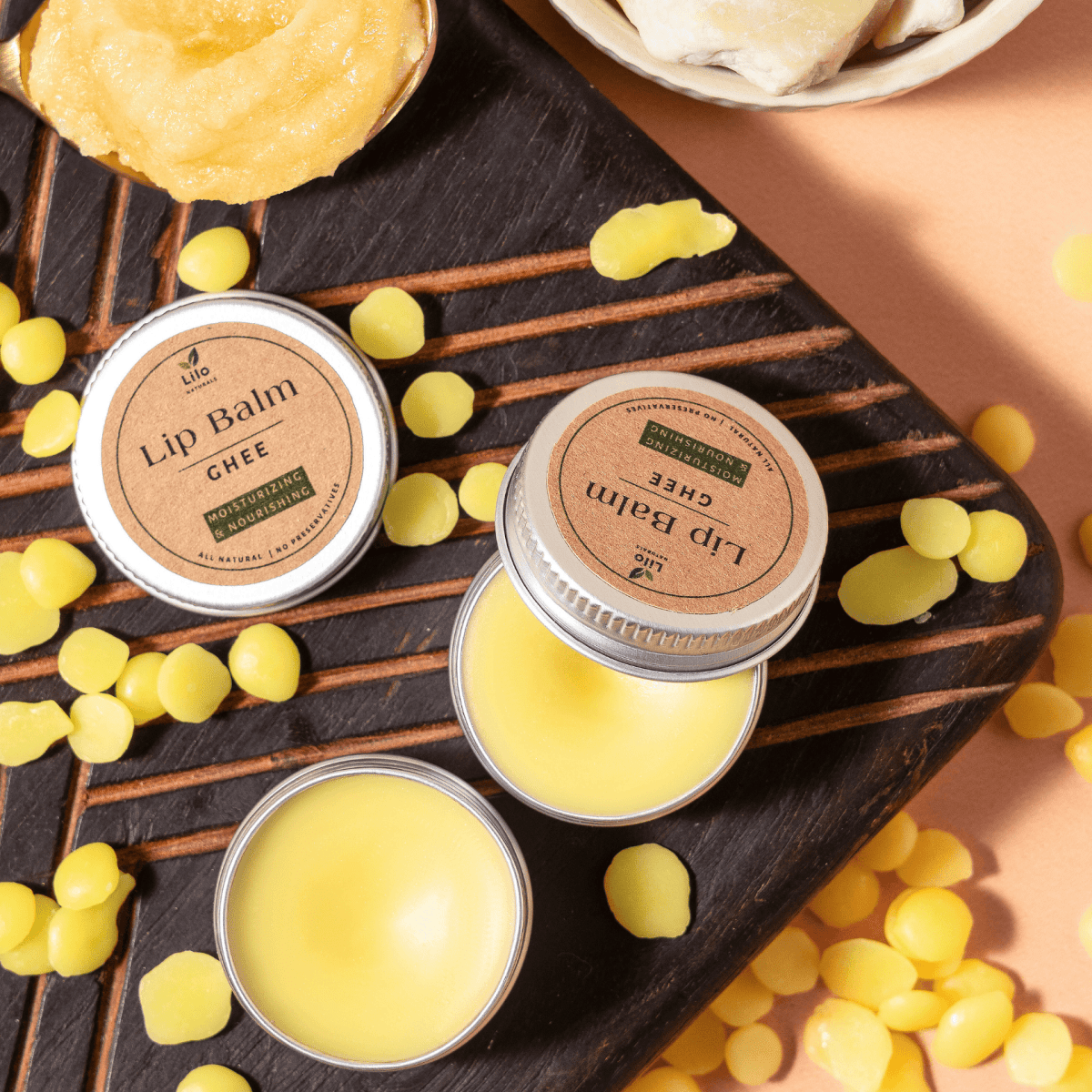
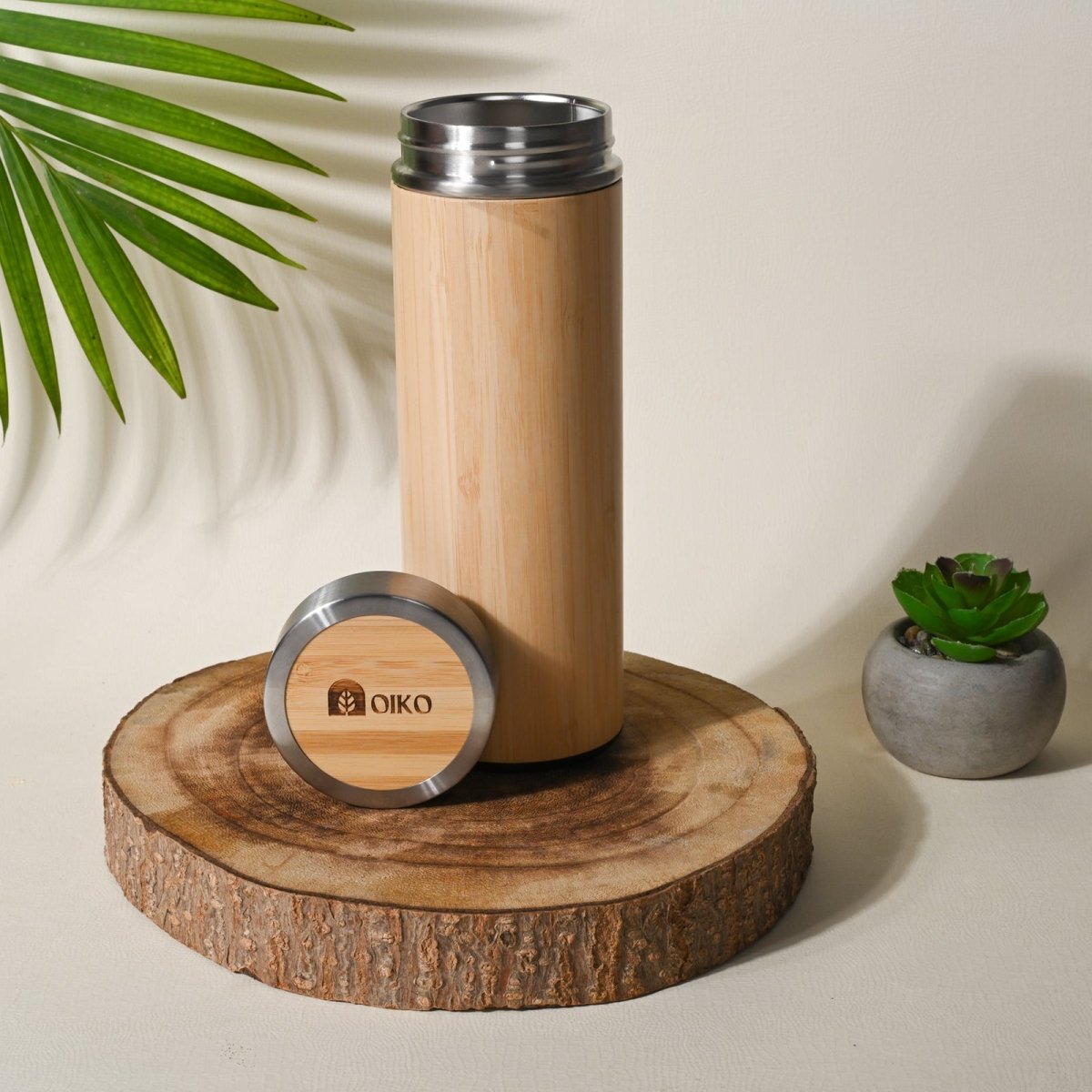
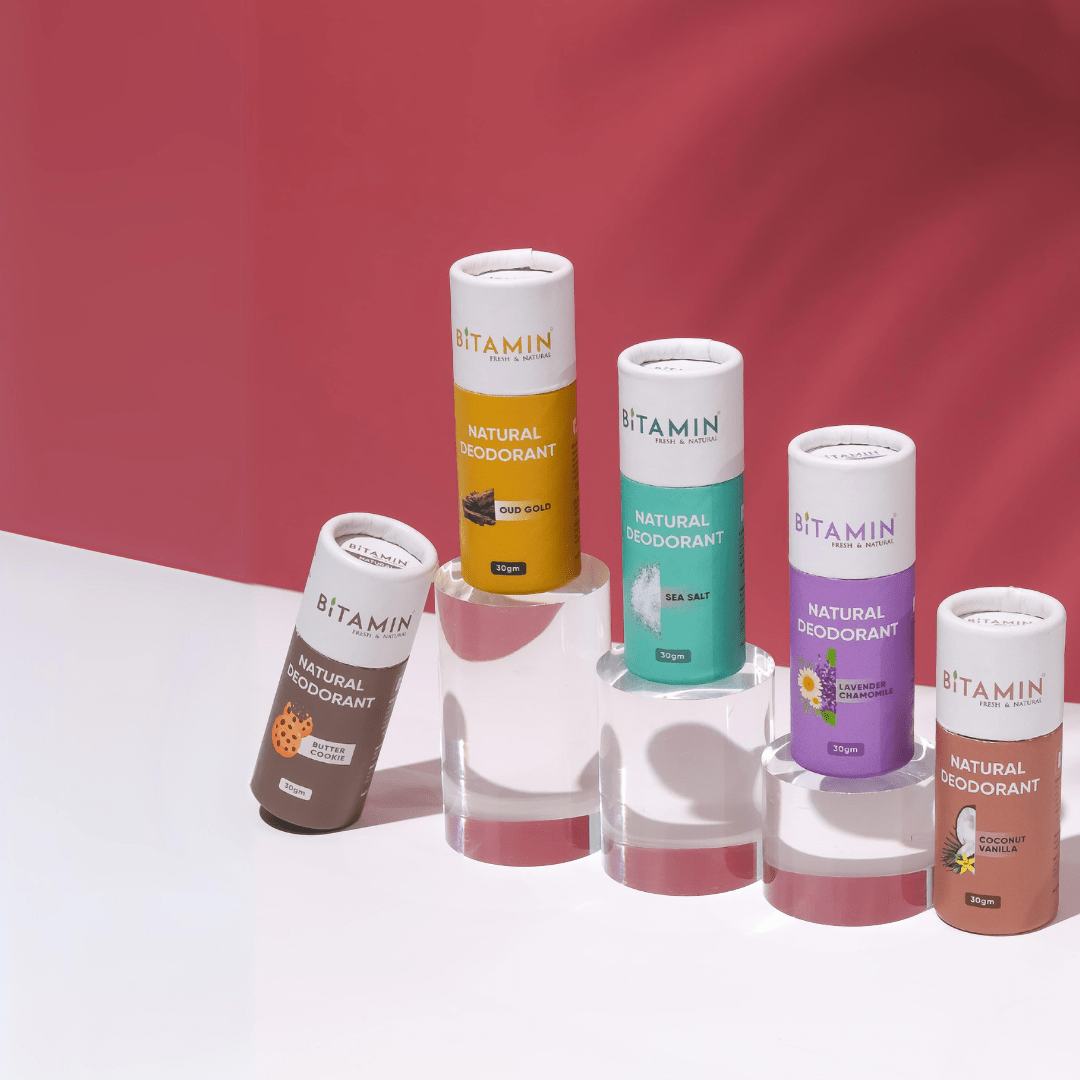
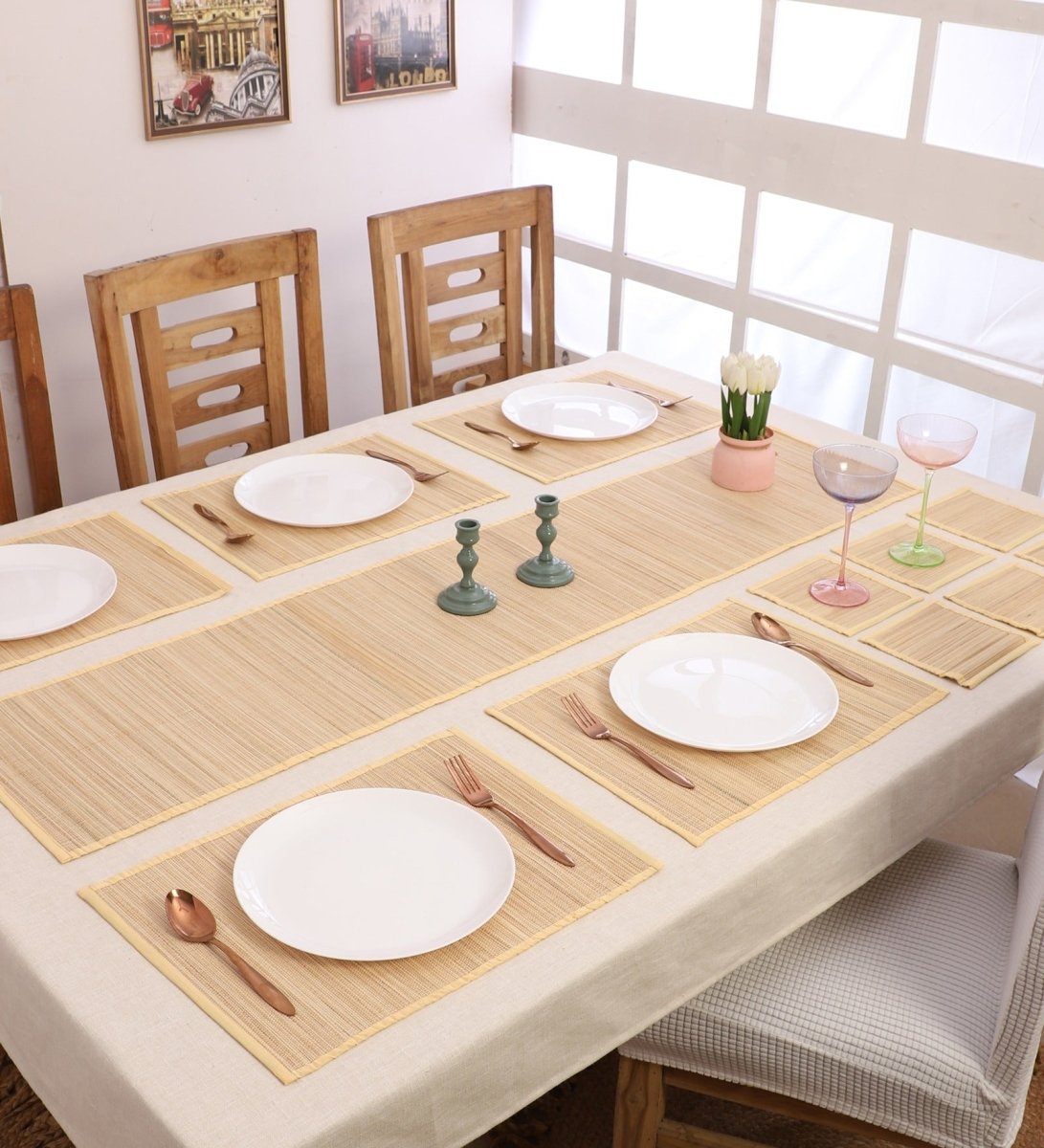
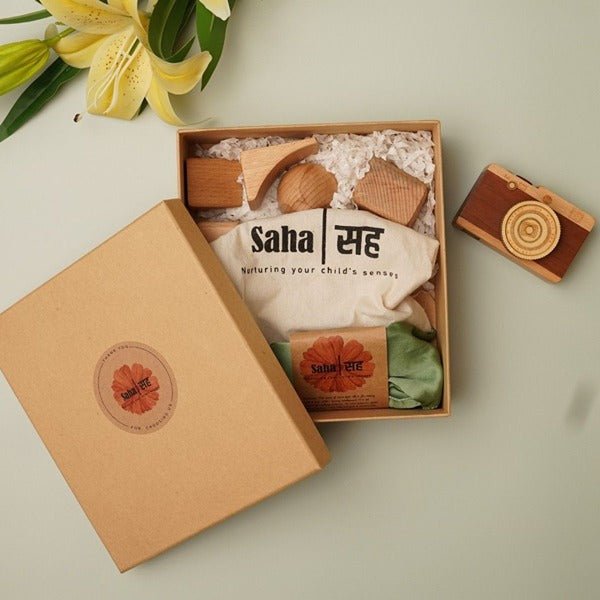
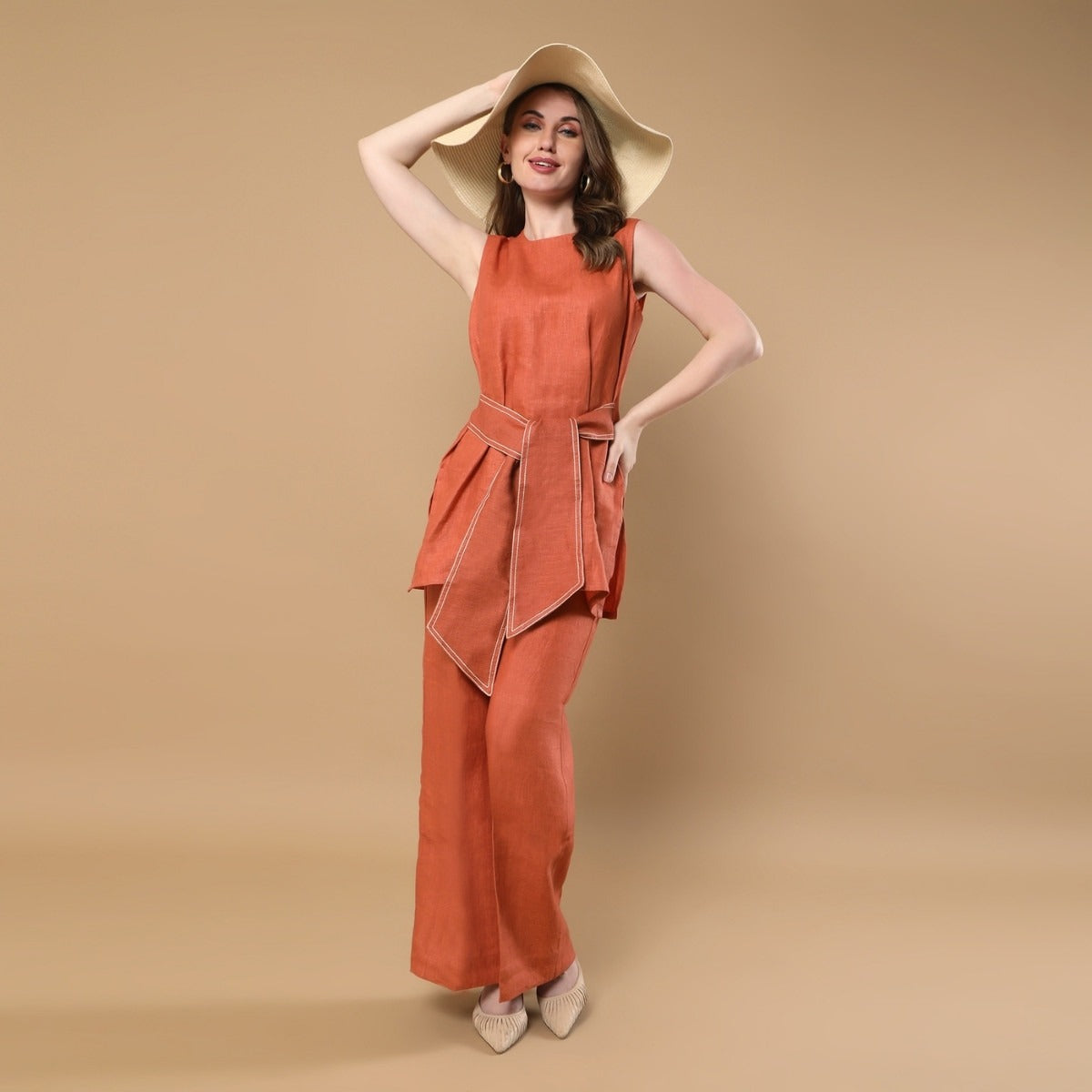

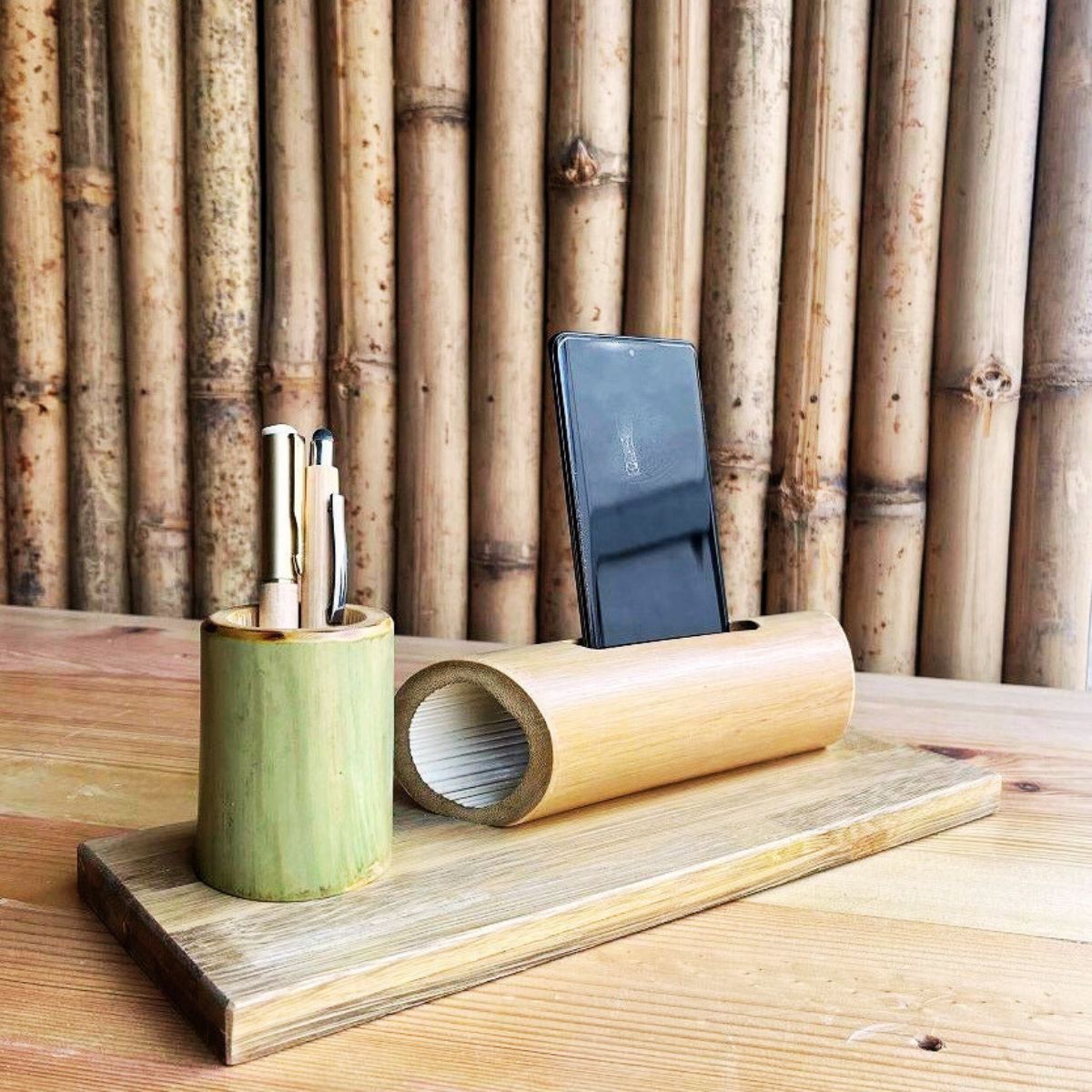
Share:
7 Low Water-Intensive Fabrics Worth Trying
Master the art of ethical gifting (even on a low budget!)